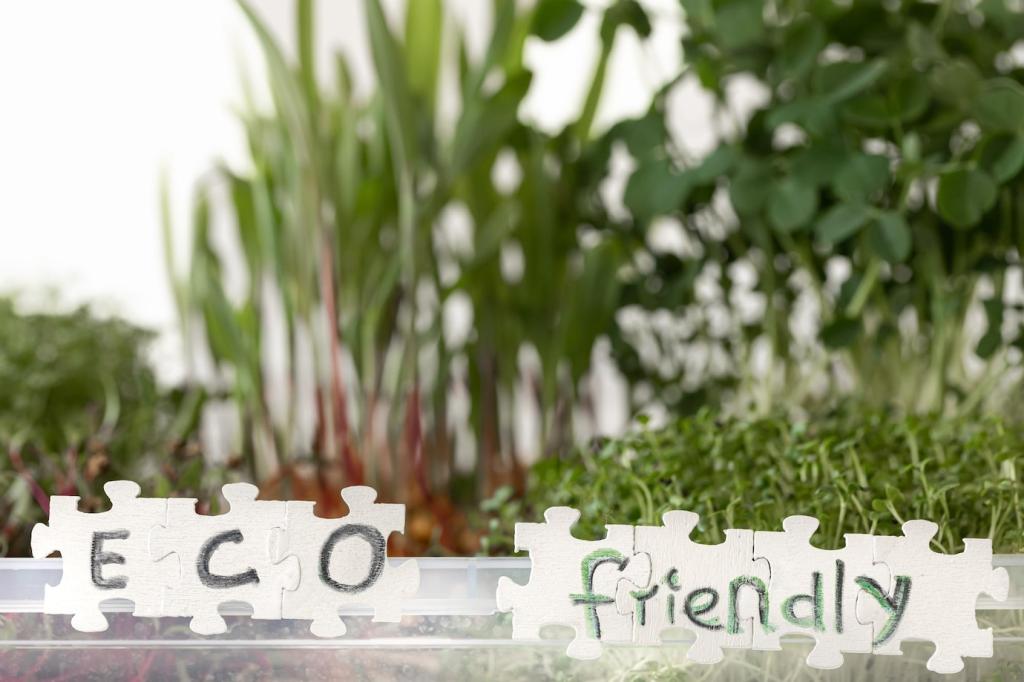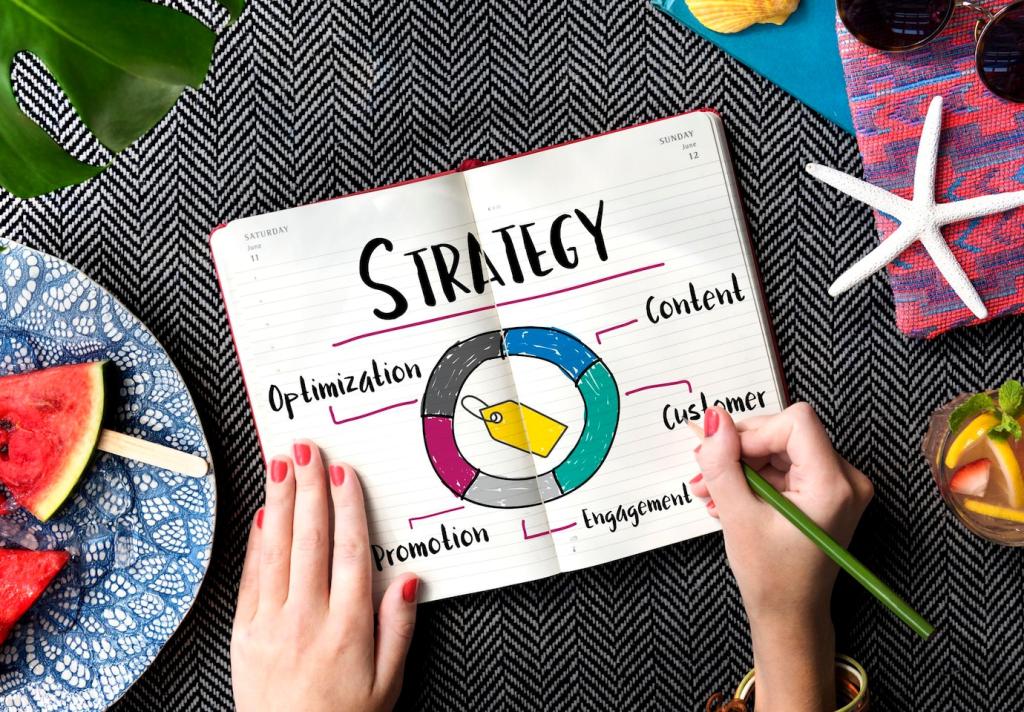Sustainable Living Marketing Strategies
Today’s chosen theme: Sustainable Living Marketing Strategies. Welcome to a friendly, practical guide for building brands that grow responsibly, speak honestly, and inspire everyday choices that genuinely reduce impact.

Craft a Credible Sustainability Narrative
Share the origin moment that sparked your mission, the trade-offs you made, and the measurable outcomes you now pursue. Avoid jargon; show your process and people. Invite readers to comment with their origin stories, and let your community shape the narrative with you.
Integrate Sustainability Into Core Strategy
Move beyond a CSR sidebar and embed sustainability into sourcing, pricing, packaging, and logistics. When performance, purpose, and profit align, customers feel it. Ask your team one brave question weekly: how can we reduce impact without reducing value?
Invite Imperfect Progress, Publicly
Perfection is paralyzing; transparency builds momentum. Publish goals, report misses, and show what you are changing next. Share a quarterly update and invite subscribers to vote on priorities, transforming accountability into a participatory habit your audience respects.



Build content around real queries like “best refillable cleaner,” “compostable mailers,” and “low-waste apartment tips.” Use evergreen guides, comparison pages, and impact calculators. Encourage readers to bookmark a living glossary of terms and submit new questions for future articles.
Channels and Tactics That Amplify Green Messages


Community Building and Partnerships
Host repair cafés, swap circles, and refill pop-ups with local partners. Capture stories and quick metrics, like items fixed or packages avoided. Invite attendees to join a neighborhood group chat, then announce upcoming events and community challenges they can help co-design.
Community Building and Partnerships
Partner on pilots that test reuse models, packaging innovations, or behavioral nudges. Publish findings openly, including what failed. Encourage readers to suggest local organizations—or professors—who could validate ideas and bring student energy to real sustainability experiments.
Measure What Matters (For Planet and Growth)
Look beyond clicks to customer lifetime value, retention, replenishment cadence, and carbon saved per order or user. Choose three metrics that represent durable behavior change. Ask readers which metric they track—and why—to spark a practical thread of benchmarks and ideas.

Make Specific, Verifiable Claims
Swap vague claims for precise language with evidence, like recycled content percentages and certification scope. Link to methodologies and explain limits plainly. Invite readers to flag unclear phrases, and we’ll revise copy together to keep our shared standards high and understandable.
Show Your Supply Chain, Not Just the Finish Line
Publish supplier locations, materials, and transport choices with plain-language notes. Visualize trade-offs and seasonal shifts. Encourage subscribers to vote on which supplier stories to spotlight next, building a culture where curiosity and accountability guide purchasing decisions.
